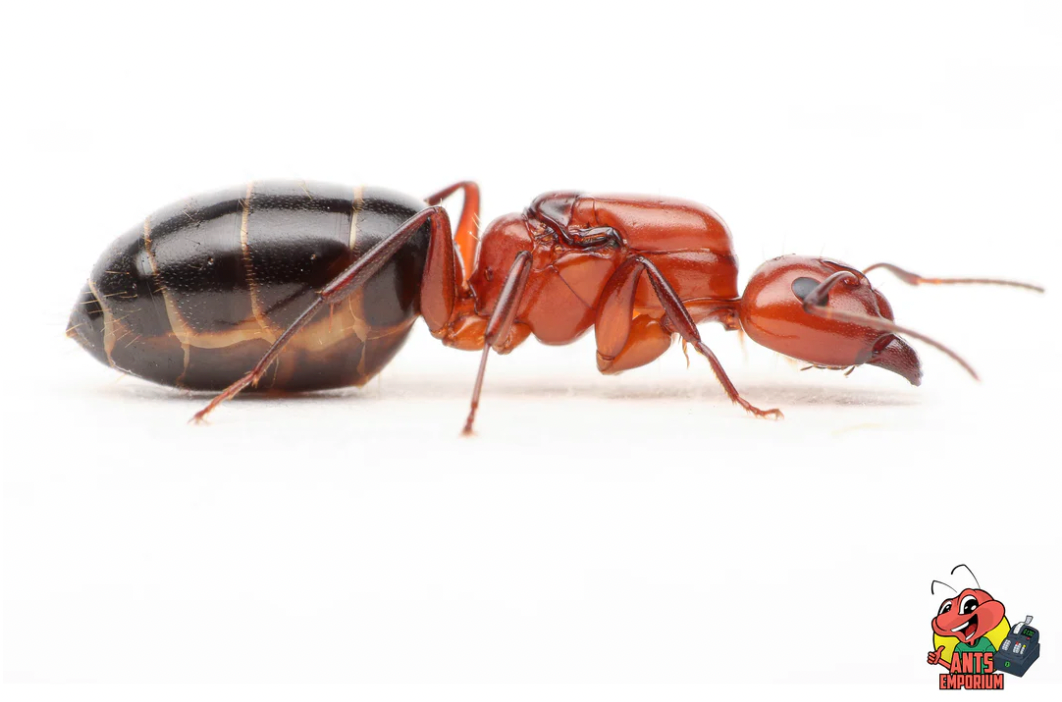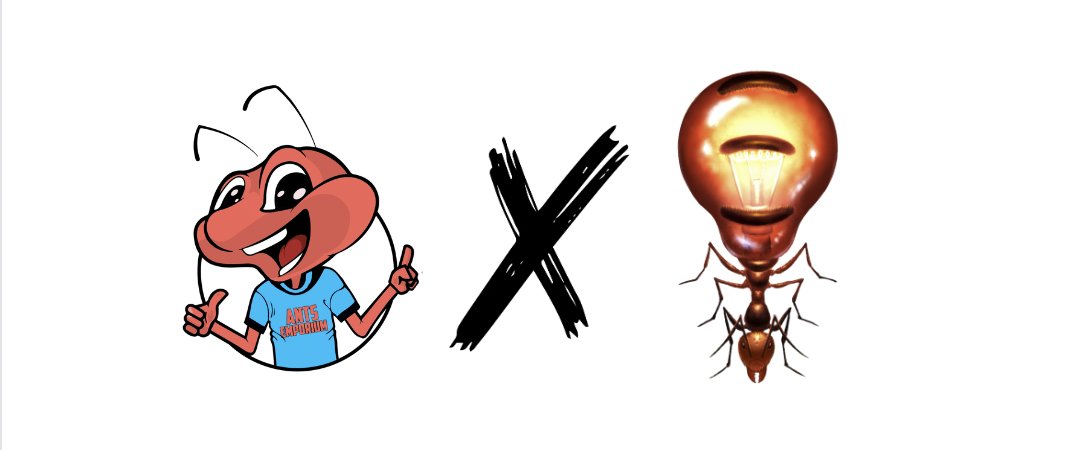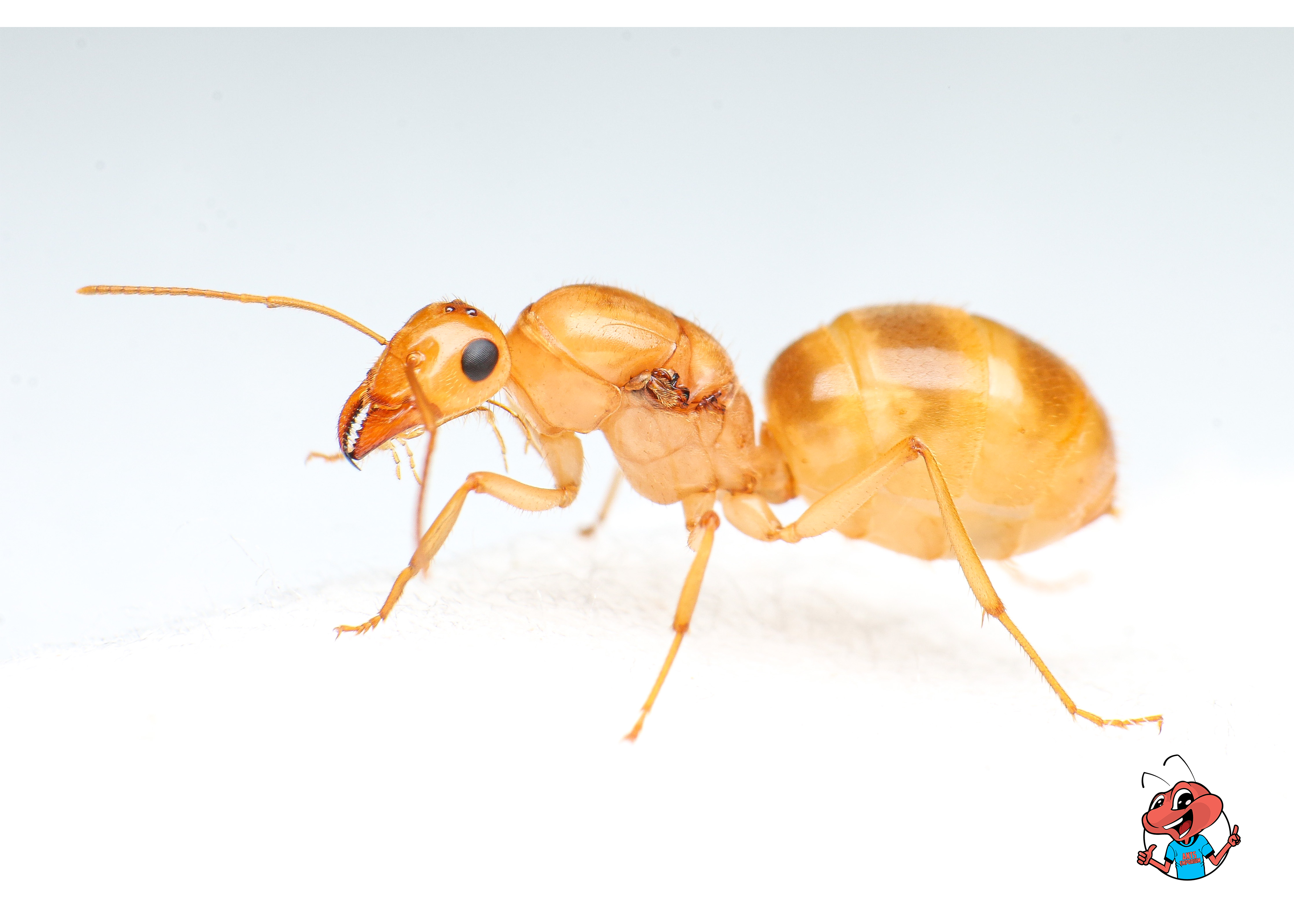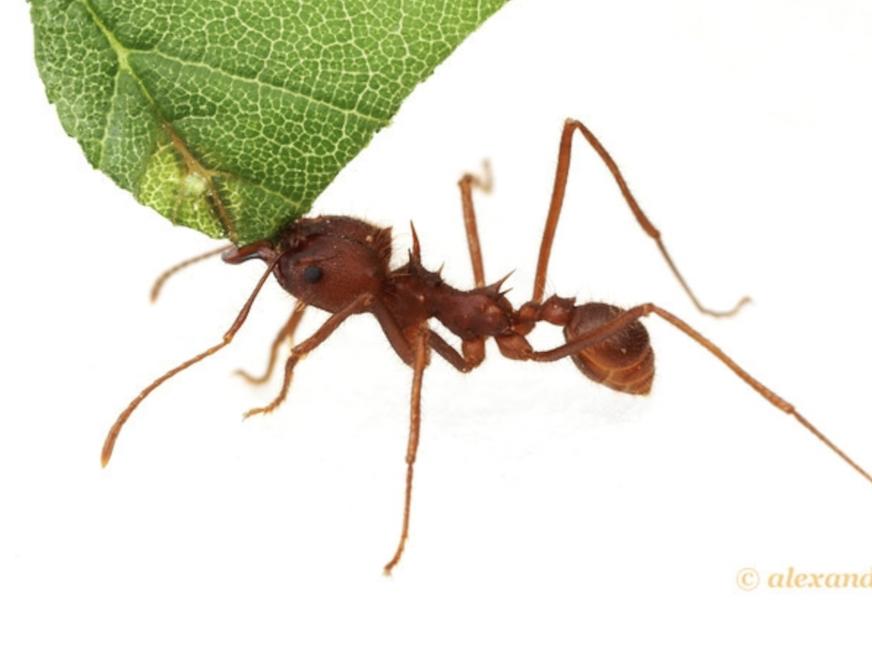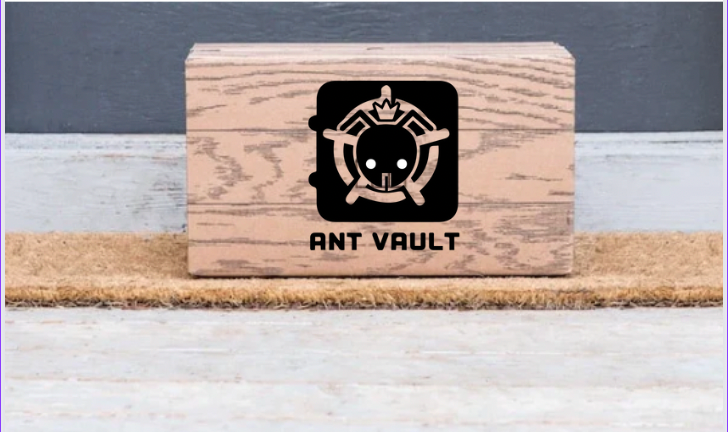Camponotus texanus (Texas Carpenter Ants)
Camponotus texanus (texas carpenter ants)
Camponotus texanus, also known as the Texas carpenter ant, is a common species of ant found in the southern United States. If you have a colony of Camponotus texanus ants that you are caring for, here are some guidelines to keep in mind:
-
Habitat: Camponotus texanus ants are typically found in woodlands, but they can also be found in urban areas. In captivity, they can be kept in a formicarium, which is a container designed specifically for ants.
-
Temperature: Camponotus texanus ants prefer temperatures between 21°C to 25°C (70°F to 77°F). You should avoid exposing them to extreme temperatures.
-
Humidity: These ants require a moderate level of humidity, which can be maintained by providing a water source such as a water tube or a sponge soaked in water.
-
Feeding: Camponotus texanus ants are omnivores, and their diet should include a combination of insects, fruits, and sugar water. Insects can be fed live or pre-killed, but it's important to avoid feeding them insects that have been exposed to pesticides.
-
Cleaning: Camponotus texanus ants produce waste and debris, so it's important to regularly clean their formicarium to maintain a clean and healthy environment. This can be done by removing any waste and debris and replacing the bedding material.
-
Observation: Regular observation of your Camponotus texanus ants is important to ensure their health and wellbeing. You should look out for signs of stress or illness, such as lethargy or abnormal behavior.
-
Avoid disturbance: It's important to avoid disturbing the ants unnecessarily as it may stress them out and can even cause the colony to move or abandon their nest.
Remember that ants are social creatures and thrive in colonies, so providing them with a suitable environment and regular care will ensure their health and wellbeing.
Latin name: Camponotus texanus
Taxonomy: Subfamily: Formicinae, Tribe: Camponotini
Care level: Beginner
Geographic distribution: Located in Texas.
Habitat: Forest
Colony form: Monogyne
Polymorphic: YES
Queen: Size: 12 – 15 mm Color: All black head and gastor with an amber/brown thorax.
Minor workers: Size: 4 – 8mm Color: All black head and gastor with an amber/brown thorax.
Major workers: Size 10 – 12mm Color: All black head and gastor with an amber/brown thorax.
Drone: Size: 5 - 7mm Color: All black
Food: Nectar (biformica nectar) Honey and insects: fruit flies, dubia roaches, crickets, mealworms, fruits are also accepted.
Humidity: Hunting area: 30 - 50% Nest: 40 - 60%
Temperature: Hunting area: 20 - 30 ° C Nest: 24-28 °C
Hibernation: Hibernation is required with this species, 3 – 5 months depending on where they originate from.
Nest type: All types of nests will suit them such as plaster/gypsum, tubs and tubes setups plexiglass/acrylic, naturalistic setups, wooden nest and reconstituted stone.
Description: They are a large species with impressively long legs. Promoting a shining black head with a brown to red thorax and black gaster. Queens vary from 12mm to 13.5mm, they are slow to average to develop and will lay frequently in the correct environment. Majors in this speies are very impressive in size. Workers are fast moving and great climbers making them very interesting to watch while foraging. This species has been documented living in soil and live oak trees.
Development: Swarming from March to June
Foundation: Fully Claustraul (without food) Development: 50 - 60 days from egg to worker (depending on temperature)
Size of the colony: Mature colonies can have several thousand workers and the queen can reach the age of 15 - 18 years or more in some cases.
Tips: Fluon is highly recommended as a barrier to help contain your growing colony. Provide a warm spot within the nest for the colony to choose the best temperature to speed up their brood’s growth. Always provide humidity in one of area of the nest and a dry area nearest to the heated area to establish a gradient for your ants to choose what’s best for them. Since they typically choose cavities within live or dead oak trees, they do no require quite as much humidity in the nest as other species and can actually be housed in wooden nest (like we sell) without an internal source of humidity as long as water is offered to them in their outworld. They do not start having brood development issues until humidity reaches a constant 30% or less. This species loves fruit flies and will frequently accept, dubia roaches, small crickets, and small spiders as well. It is always best practice to cut up larger insects so your ants can access the protein within. They are also quite fond of byFormica Sunburst Ant Nectar and a constant supply is recommended. As a matter of fact, all of our ant colonies here at Ants Emporium are raised exclusively on byFormica Sunburst Ant Nectar so don’t forget to add a bottle to your cart! A byFormica liquid feeder is also recommended to provide a steady source of carbohydrates to your ants without having to disturb your colony on a regular basis. Hibernation is recommended with this species, but not always required during the first year. Start the hibernation process when you start seeing your workers huddling together, slowing down general activity, and when they appear to be “fat” with a swollen gastor. The workers and queen appear fat because they have stocked up on reserves for the winter they expect to come. There can also a noticeable difference in the brood pile. Most of the brood will be larvae with little to no pupae at all and no new eggs to be found. Gradually induce hibernation by first removing them from heat for a couple weeks in the fall (68F – 65F). Next put them in a wine cooler or other cold area around 60F for a few days to a week. Following this, reduce the temp down another 5 degrees to 55F. Leave them at this temperature for approximately 8-10 weeks before slowly introducing warmer temps. Never remove a colony from hibernation without slowly allowing them to warm up over several days to weeks like they would in nature. Ants are not meant to handle such drastic temperature swings and simply putting them in a wine cooler or taking them out of a wine cooler can shock your colony and even kill your queen. Your colony will not require food during hibernation, but they will require water & humidity so be mindful they do not run out. Please Note: These hibernation instructions have been developed over several years of testing and observations.
